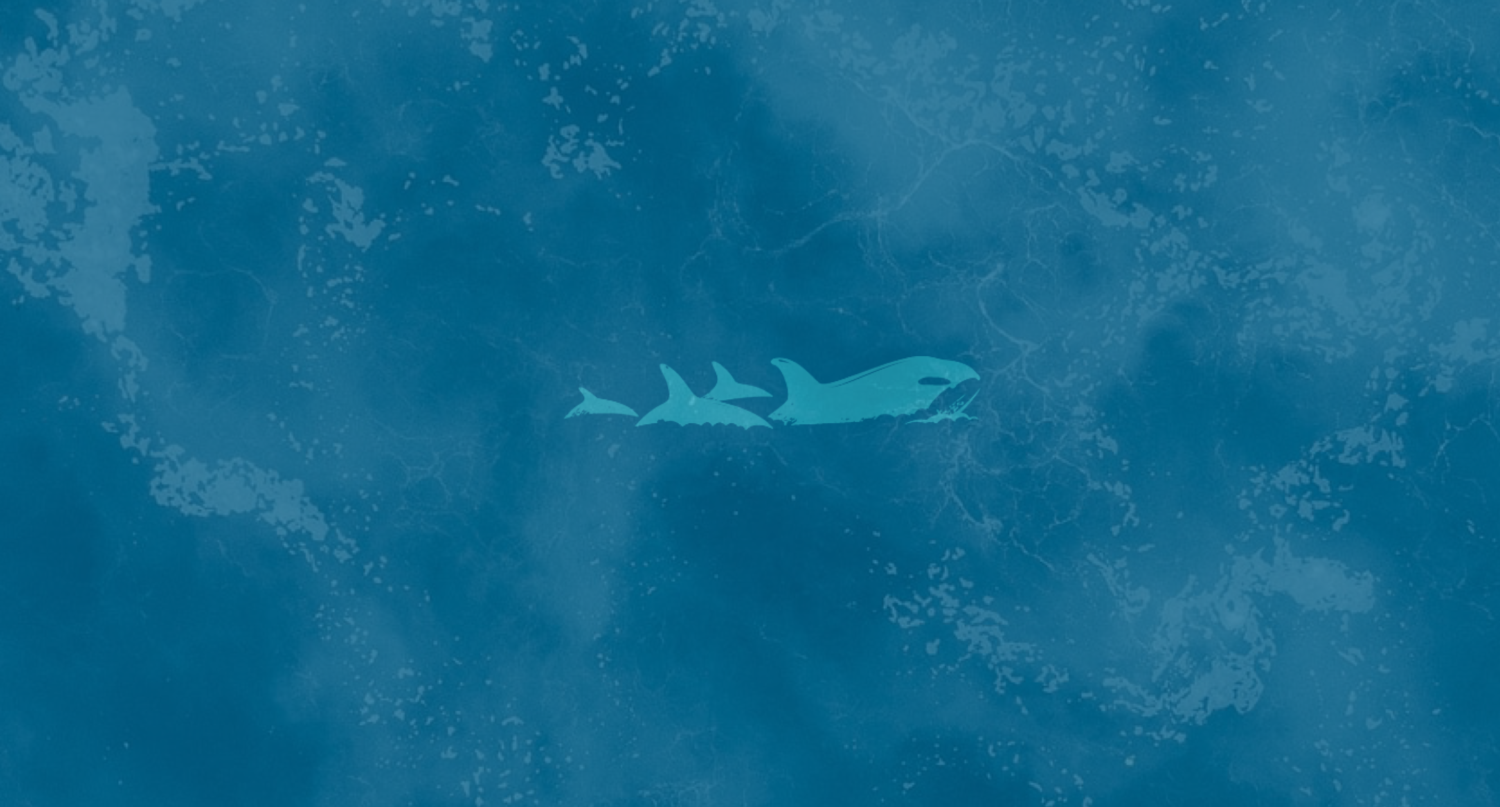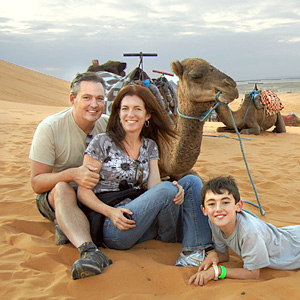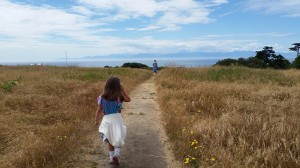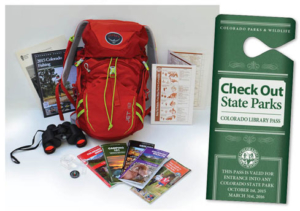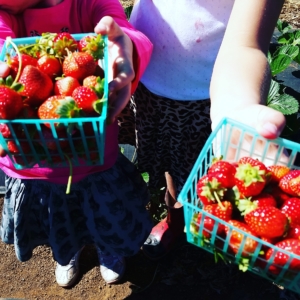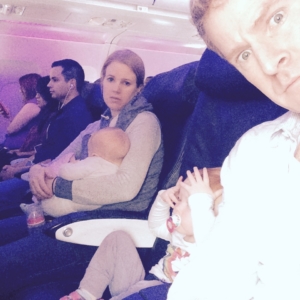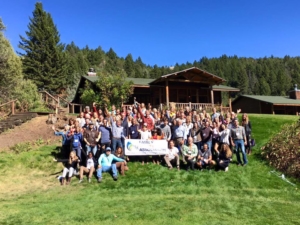Finding math in nature on the road
I never was good at numbers, but one of my fondest memories of math as a teenager was learning about the Fibonacci Sequence.
Ms. Sheehan, my teacher at the time, described this as a series of accumulating numbers in which the next number is found by adding the previous two together beginning with zero and one. The chain of numbers produced (0, 1, 1, 2, 3, 5, 8, 13, 21, 34, 55, 89, 144, and so on) describe natural phenomenon from leaf growth to the curl of a shell. And once you are familiar with what that chain looks like (check out this video), it’s easy to spot Fibonacci just about everywhere in nature.
A recent article in Sierra magazine reminded me of this. The piece, written by an author named Mikey Jane Moran, makes a bold leap from Fibonacci to the importance of play-based learning, and the need to avoid screens. A snip:
“Tell your children to hunt for the curling Fibonacci shape outdoors and they will start to see the patterns everywhere, in the cowlick on their brother’s head and in spider webs—places where there aren’t really Fibonacci patterns. But the beauty is that they are noticing. Instead of staring at a video game screen on long road trips, they are looking at clouds. Walks may take longer as they stop to look at every little thing, but how can anyone complain?”
If you’ve read this blog for any length of time, you know this notion of play over technology is a big one for me. Quite frankly, it’s nice just to see mainstream publications championing the same priorities for a change.
That said, Moran is right—finding Fibonacci in nature is DAMN cool, and something worth doing.
Whenever I head out with the girls, we try to look for Fibonacci and other phenomena like it. The hunt becomes a big part of our adventure; L and R look everywhere for examples, and the two girls compete to see who can find more (they are sisters, after all). As Moran suggests, the search (and subsequent success or failure) introduces a much-needed component of play into the learning-from-nature mix. The result is a wonderful way to experience new stuff.



